Most people picture African savannas when they hear ‘safari’ — yet Asia delivers some of the planet’s most incredible wildlife encounters. From tracking snow leopards through Himalayan peaks to watching orangutans navigate Borneo’s canopy, the continent’s biodiversity spans everything from frozen plateaus to steaming jungles.
Asia’s wildlife tour experiences combine conservation with adventure, offering tourists opportunities to spot unusual species while contributing to communities and conservation efforts. The following are 20 unforgettable safari experiences that reveal Asia’s amazing diversity of animals.
Ranthambore National Park, India
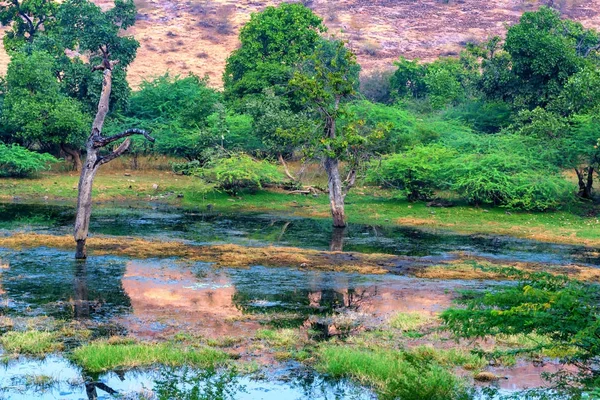
Bengal tigers own this former royal hunting ground in Rajasthan — and your odds of spotting one are genuinely solid. The park’s dry forests mixed with ancient ruins create dramatic settings where tigers lounge near thousand-year-old temples.
Morning safaris work best, especially around the numerous lakes where these cats drink and cool off.
Minneriya National Park, Sri Lanka
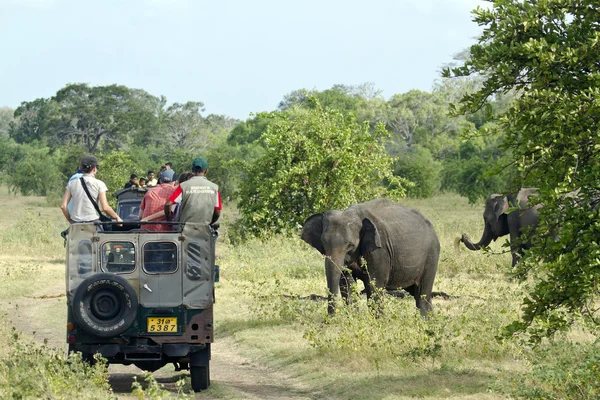
Between July and October each year, hundreds of Asian elephants converge at Minneriya’s ancient reservoir for what locals call ‘The Gathering.’ This natural spectacle rivals anything Africa offers — elephant families socializing, playing, and bathing together in one massive congregation.
Baby elephants learning trunk control while adults trumpet across grasslands? Magical.
Like Travel Pug’s content? Follow us on MSN.
Tanjung Puting National Park, Indonesia
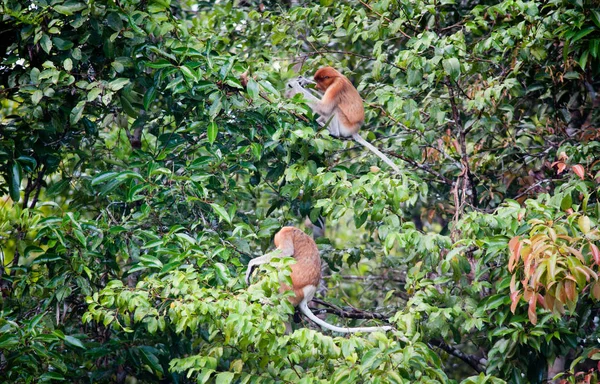
Drifting down Borneo’s rivers on traditional klotok boats while searching for orangutans feels like living inside a nature documentary. The park protects one of Earth’s largest orangutan populations — and you’ll likely spot these incredible apes swinging overhead.
Camp Leakey research station provides close encounters with rehabilitated orangutans who’ve learned peaceful human interaction.
Hemis National Park, India
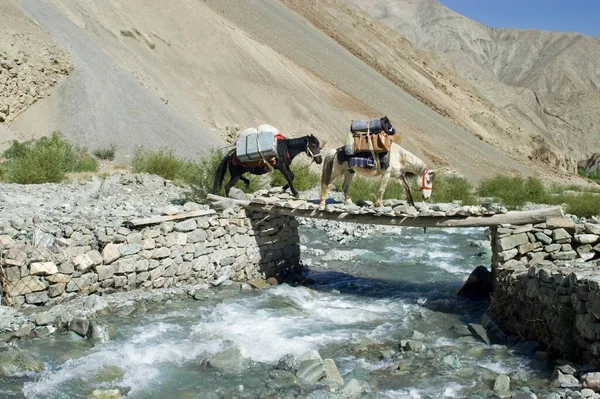
Tracking snow leopards through Ladakh’s high-altitude desert ranks among the world’s most challenging wildlife pursuits. These phantom cats blend seamlessly with rocky terrain above 11,000 feet, making every sighting feel like hitting the jackpot.
Local Ladakhi guides possess almost supernatural abilities to spot these elusive predators against seemingly impossible backgrounds.
Komodo National Park, Indonesia
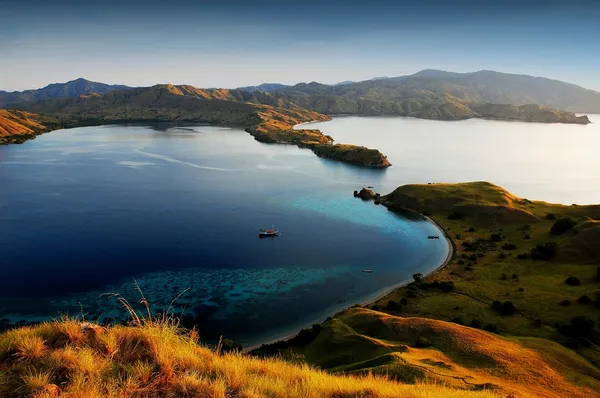
Meeting actual dragons on islands where they’ve ruled for millions of years delivers unmatched adrenaline rushes. Komodo dragons reach over 10 feet long and weigh 150 pounds, making them the Earth’s largest lizards.
Rangers guide small groups through their habitat, where visitors might witness these ancient predators hunting deer or basking in tropical sunshine.
Like Travel Pug’s content? Follow us on MSN.
Jigokudani Monkey Park, Japan
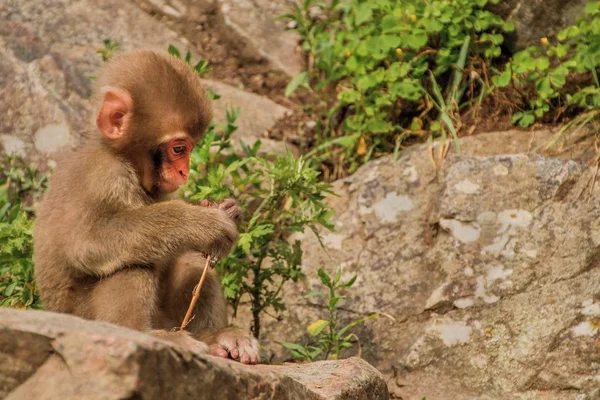
Japanese macaques soaking in natural hot springs while snow falls creates one of nature’s most endearing scenes. These intelligent primates have mastered using geothermal pools to survive harsh mountain winters — their peaceful expressions contrasting beautifully with snowy landscapes.
The serenity captured in photographs here defies description.
Hustai National Park, Mongolia
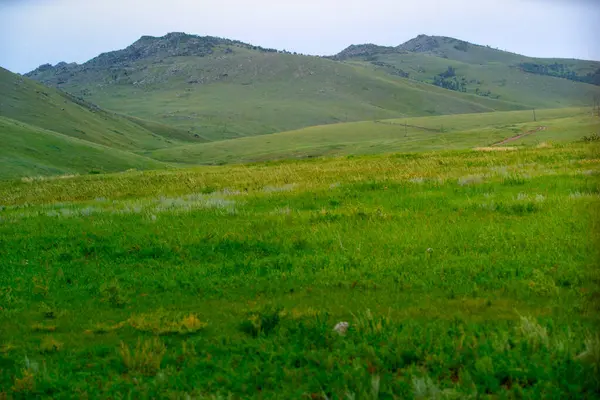
Przewalski’s horses galloping free across Mongolia’s steppes represent conservation’s greatest comeback stories. These stocky wild horses went extinct for decades before successful reintroduction programs returned them home.
Watching ancient equines race across endless grasslands while golden eagles soar overhead — pure nomadic heritage made visible.
Chengdu Research Base, China
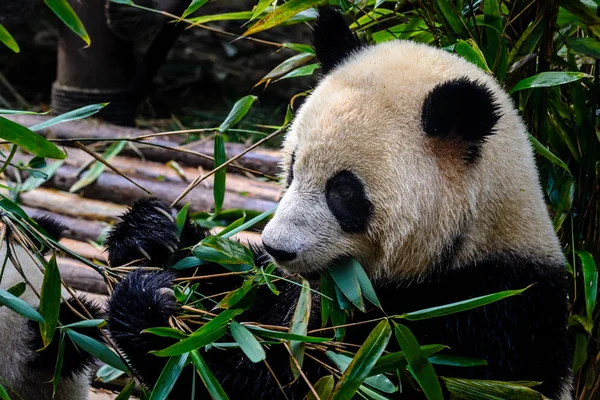
Giant pandas munching bamboo and tumbling around never fail to awaken everyone’s inner child. This world-renowned facility focuses on breeding and research while letting visitors observe pandas in naturalistic environments — baby pandas wrestling and climbing trees with clumsy determination provide irresistible entertainment.
Like Travel Pug’s content? Follow us on MSN.
Kinabatangan River, Malaysia
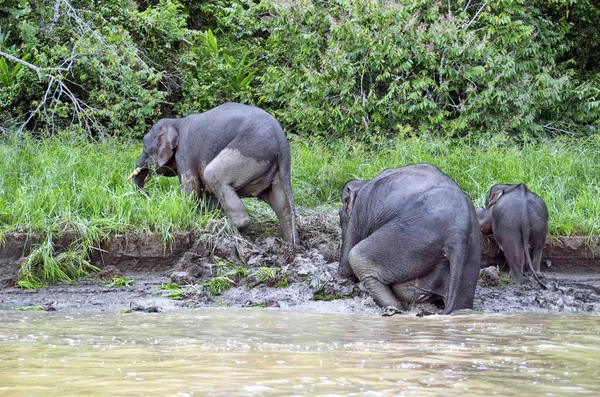
Proboscis monkeys sporting comically oversized noses create Borneo’s most amusing wildlife shows. These pot-bellied primates live exclusively along riverbanks, making boat safaris perfect for observing their daily shenanigans.
Male proboscis monkeys honk loudly for territory, creating soundtracks that echo through rainforests.
Chitwan National Park, Nepal
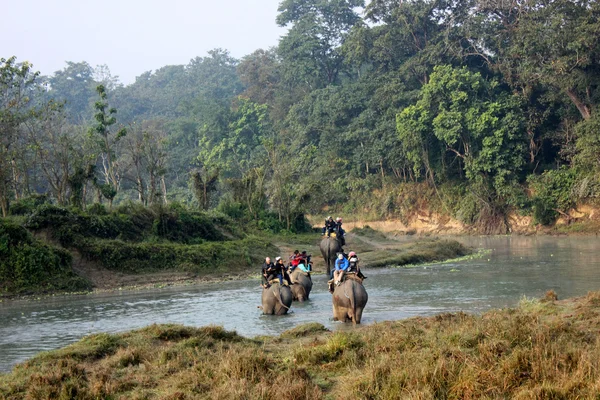
One-horned rhinoceroses crash through tall grasslands like prehistoric tanks, offering glimpses of truly ancient megafauna. Chitwan’s success in protecting these magnificent creatures from extinction stands as one of Asia’s conservation victories.
Elephant-back safaris provide elevated viewpoints for spotting rhinos, tigers, plus over 500 bird species in this UNESCO World Heritage site.
Elephant Nature Park, Thailand

Rescued elephants roaming freely through forested sanctuaries provide emotional encounters that often move visitors to tears. This ethical sanctuary near Chiang Mai rescues elephants from the tourism and logging industries, allowing them to live in natural family groups.
Watching former circus elephants rediscover their wild instincts while gently interacting with visitors creates profound human-animal connections.
Like Travel Pug’s content? Follow us on MSN.
Mekong River, Cambodia
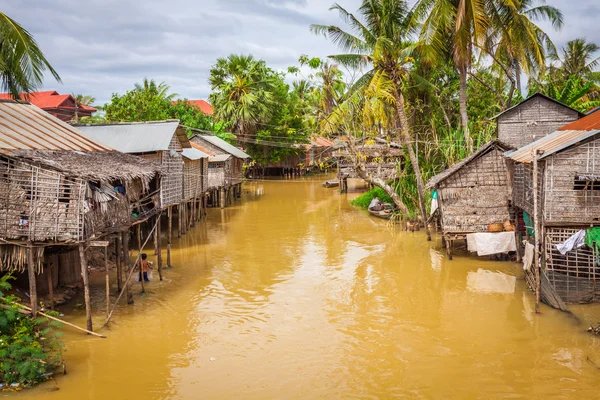
Irrawaddy dolphins surfacing in muddy Mekong waters offer glimpses of the world’s rarest freshwater cetaceans. These bulbous-headed dolphins number fewer than 100 individuals, making every sighting incredibly precious.
Local fishermen-turned-guides know exactly where to find these elusive creatures near Kratie, timing trips perfectly with feeding patterns.
Sundarbans National Park, Bangladesh
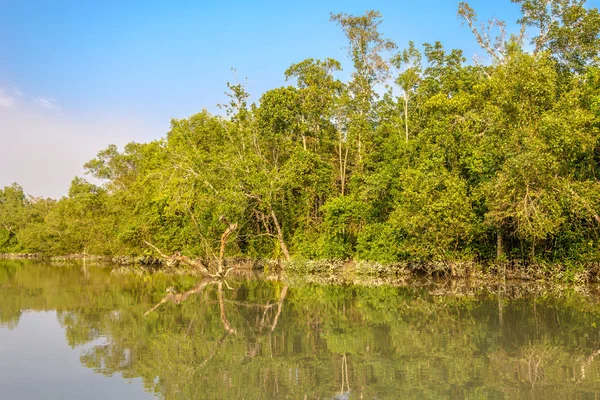
Bengal tigers swimming between mangrove islands create surreal scenes that challenge everything people think they know about big cats. These unique tigers have adapted to the world’s largest mangrove forest, developing webbed paws and swimming skills their mainland cousins would envy.
Boat safaris through narrow channels provide the only exploration method for this UNESCO World Heritage Site.
Motithang Takin Preserve, Bhutan

Bhutan’s national animal looks like nature couldn’t decide between creating a goat or a moose, resulting in the wonderfully odd takin. These stocky creatures with golden coats inhabit high-altitude forests and meadows around Thimphu.
Local legend claims takins were created when a Buddhist master stuck a goat’s head onto a cow’s body, which honestly seems plausible upon seeing them.
Like Travel Pug’s content? Follow us on MSN.
Ninh Binh, Vietnam
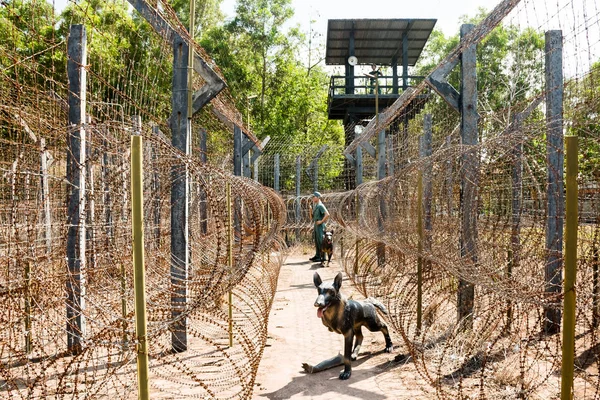
Sun bears, climbing through limestone karst formations, create unexpected wildlife encounters in northern Vietnam’s dramatic landscape. These smallest bears sport distinctive yellow chest patches and incredible climbing abilities that let them access honey in impossible places.
Trang An’s boat tours combine wildlife watching with stunning scenery that inspired major Hollywood films.
Palawan Marine Park, Philippines
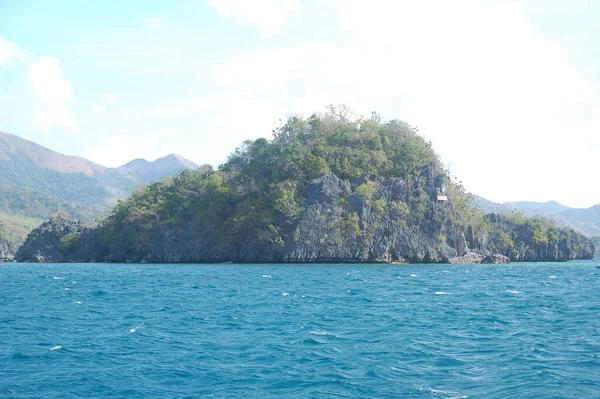
Dugongs grazing on seagrass meadows in crystal-clear waters provide underwater safari experiences unlike anywhere else in Asia. These gentle sea cows grow over 10 feet long and live for decades in the same coastal areas.
Snorkeling with dugongs requires patience and luck, though the reward of swimming alongside these peaceful marine giants creates lifetime memories.
Jirisan National Park, South Korea

Asiatic black bears foraging through Korea’s oldest national park represent successful conservation efforts in one of Asia’s most developed countries. These bears, nearly extinct in South Korea just decades ago, have slowly recovered thanks to dedicated protection programs.
Their distinctive white chest patches make identification easy as they lumber through mountain forests searching for nuts and berries.
Like Travel Pug’s content? Follow us on MSN.
Taroko National Park, Taiwan
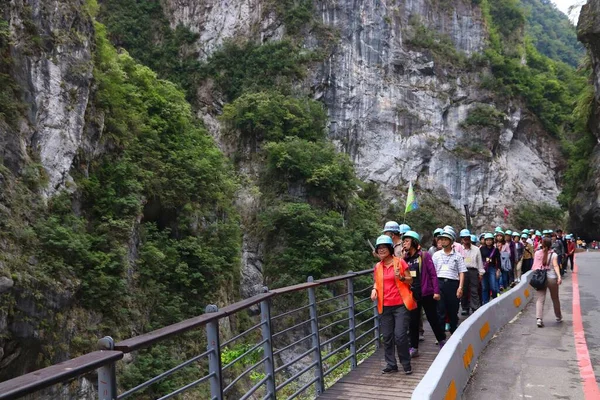
Formosan rock macaques swinging through marble gorge forests showcase Taiwan’s unique endemic wildlife. These agile primates navigate nearly vertical cliff-faces with ease, often pausing to observe human visitors with obvious curiosity.
The contrast between their grey fur and white marble canyon walls creates striking photographic opportunities throughout the park’s numerous trails.
Ustyurt Plateau, Kazakhstan
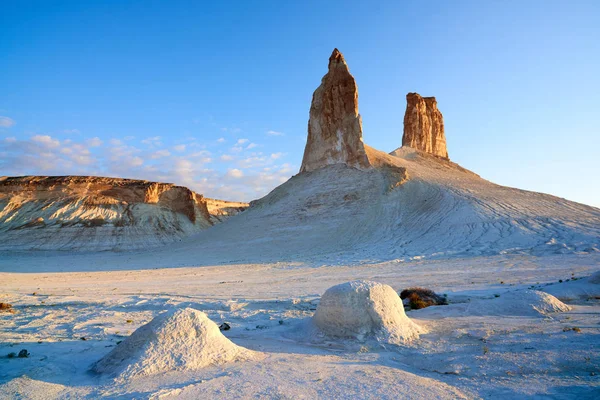
Saiga antelopes crossing vast steppe landscapes look like creatures from another planet with their inflated, trunk-like noses. These ancient ungulates have survived ice ages and massive habitat changes, yet their populations remain critically endangered.
The males’ enlarged noses help filter dust and regulate temperature in Kazakhstan’s harsh continental climate.
Pamir Mountains, Kyrgyzstan
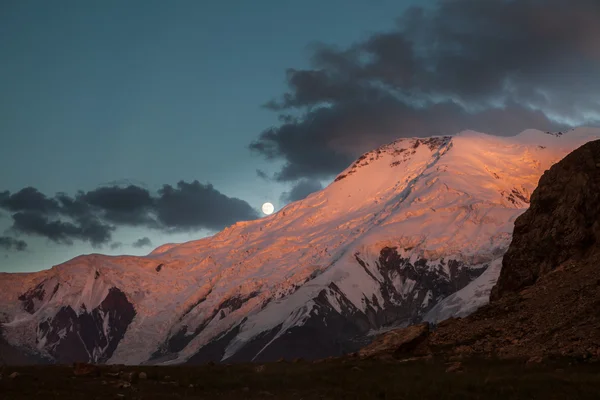
Marco Polo sheep scaling impossible mountain slopes demonstrates evolution’s incredible adaptability in Central Asia’s highest ranges. These massive wild sheep sport curved horns that can measure over five feet long and weigh up to 60 pounds.
Tracking them requires serious commitment to high-altitude trekking, though spotting these magnificent creatures against snow-capped peaks rewards every difficult step.
Like Travel Pug’s content? Follow us on MSN.
Where Ancient Meets Modern

Asia’s safari experiences demonstrate that wildlife tourism can drive meaningful conservation while delivering unforgettable adventures. Many destinations teetered on ecological collapse just decades ago, yet dedicated conservation efforts combined with responsible tourism have helped species recover and habitats heal. The continent’s wildlife protection approach often integrates local communities as guardians rather than obstacles, creating sustainable models benefiting both people and animals.
Today’s Asian safari experiences offer hope that future generations will inherit a world where tigers still prowl temple grounds, elephants gather by ancient reservoirs, and snow leopards ghost through mountain passes like living legends.
More from Travel Pug

- 20 Best Beach Towns in the Carolinas
- 13 Destinations Where Tourists Regularly Regret Their Trip
- 20 Things You Actually Get in First Class
- 20 Small Airports With Aviation Museums
- 20 Places in the U.S. That Are Perfect for a Reset Trip
Like Travel Pug’s content? Follow us on MSN.
